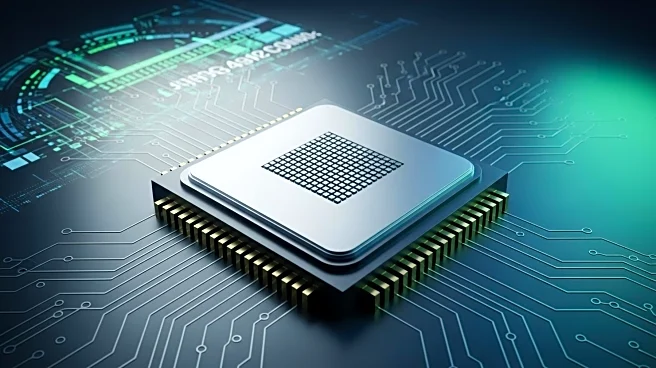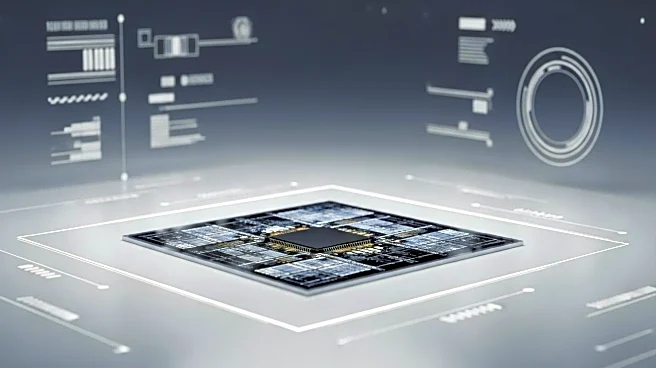What's Happening?
Intel and NVIDIA have announced a strategic partnership involving a $5 billion investment by NVIDIA into Intel. This alliance is structured around three key pillars aimed at reshaping the industry. The first pillar is NVIDIA's equity investment in Intel, which provides Intel with capital for its factory ambitions and binds the companies' fates together. The second pillar focuses on data center and AI supremacy, with Intel acting as a custom foundry for NVIDIA-designed x86 CPUs, allowing for co-design at the silicon level. The final pillar targets the PC, workstation, and edge markets, with Intel integrating NVIDIA's RTX GPU IP into its processors, challenging competitors like AMD and ARM-based rivals.
Why It's Important?
This partnership marks a significant shift in the semiconductor industry, moving from process node leadership to system-level optimization. The alliance aims to exploit structural tensions in the industry, challenging existing models like TSMC's foundry model and AMD's chiplet architecture. The collaboration could lead to more integrated and optimized systems, potentially improving performance and energy efficiency. It also highlights the importance of U.S.-centric supply chains amid geopolitical considerations. The partnership could influence market dynamics, with potential regulatory scrutiny due to vertical integration and market concentration.
What's Next?
The industry is expected to respond with fierce competition. Companies like TSMC and AMD may need to adapt their strategies to counter the integrated systems offered by Intel and NVIDIA. OEMs and system integrators will likely embrace the new platforms while demanding multi-source options. The alliance may accelerate the development of open standards like UCIe, which could standardize chiplet interconnects and reduce integration complexity. The partnership could also lead to strategic bifurcation, with commodity functions standardizing around open interfaces while high-value AI acceleration remains proprietary.
Beyond the Headlines
The partnership represents a structural shift toward systems-level competition, emphasizing integration capabilities alongside process technology leadership. It echoes historical industry moments, such as Microsoft's investment in Apple, which stabilized a competitor while preserving a broader ecosystem. The alliance could shape the industry's structure for the next decade, balancing integration benefits with ecosystem dynamics that drive long-term innovation.










